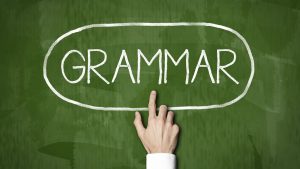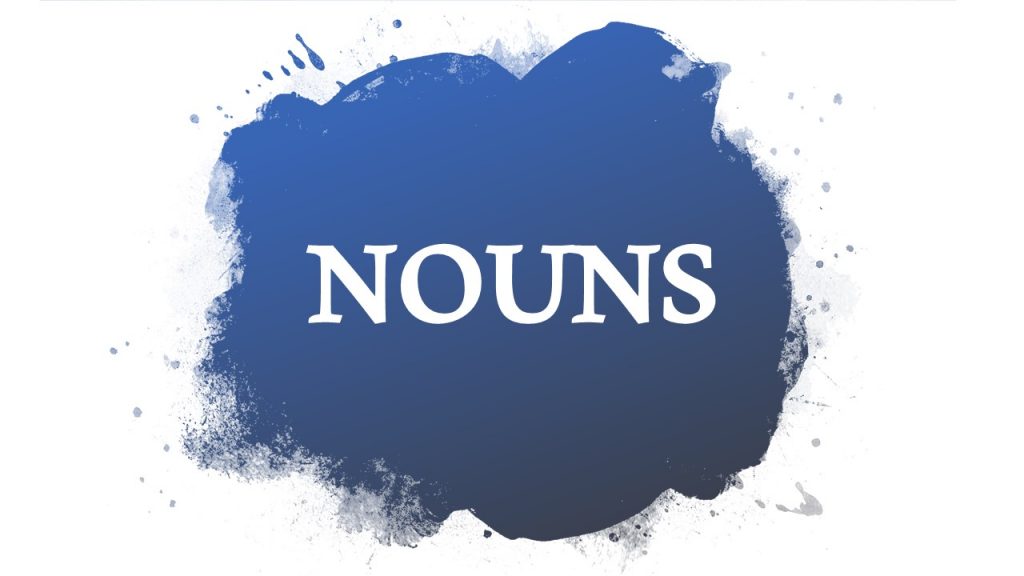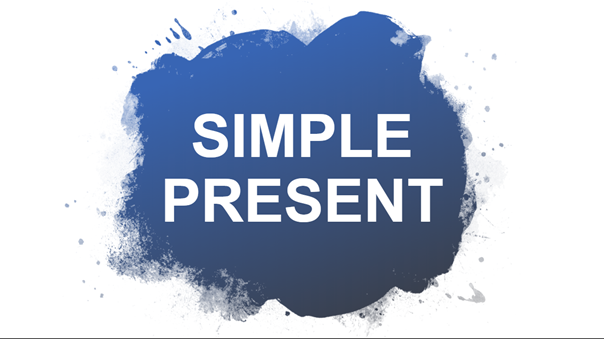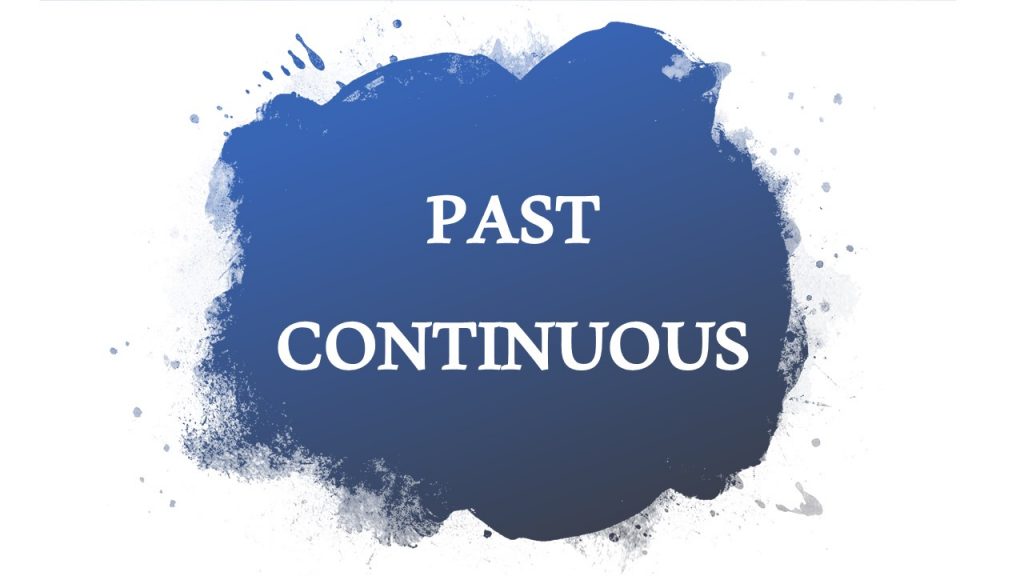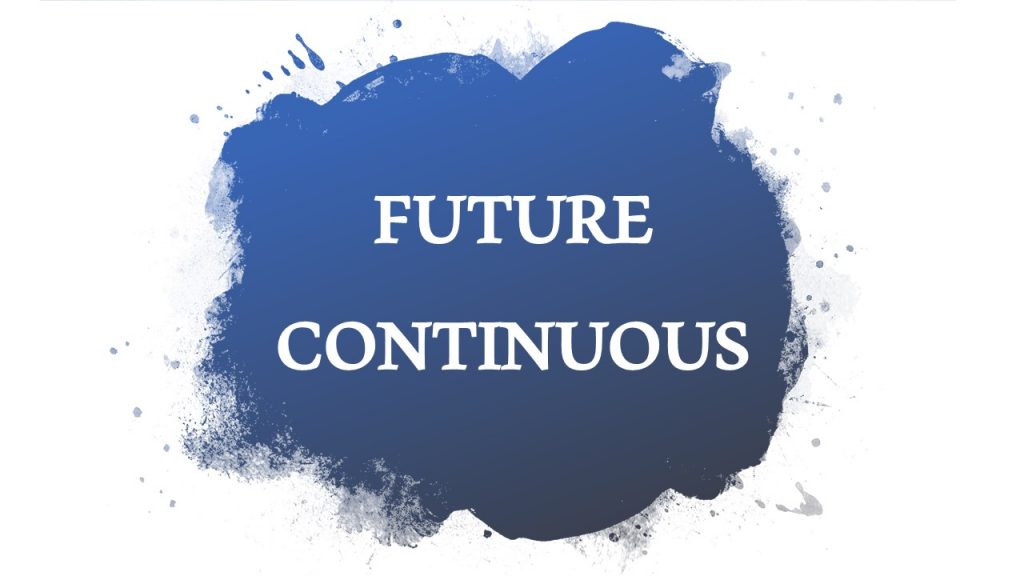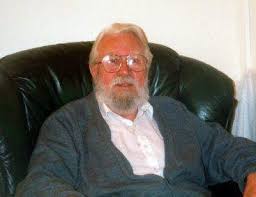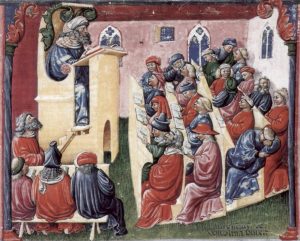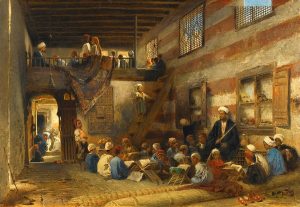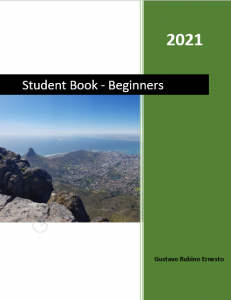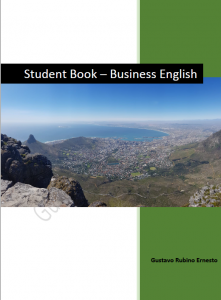According to Richards and Rodgers, the mid-nineteenth century basically dealt with grammatical issues. They used sample constructions to explain the grammatical rules of the language. Organizing L2’s morphology and syntax was the main focus of writers from this period. Oral and written exercises were almost non-existent. Karl Plötz is probably the most typical author of this time. In his textbooks, the only instruction was through translation. Typical constructions used by Plötz, and quoted by Titone were “Thou hast a book. The house is beautiful. He has a kind dog. We have a bread [sic].” (Titone, 1968, p. 27) (Richards & Rodgers, 1986, p. 3).
After reading “The Grammar Translation Method”, you can check important issues for ESL teachers on the section PDFs, and visit my channel on YouTube.
In summary, all the described authors and methods have contributed to the so called Grammar-Translation Method, in which the main focus was reading and writing. This is a trend that, according to Richards and Rodgers, “dominated European and foreign language teaching from the 1840s to the 1940s” (Richards & Rodgers, 1986, p.4). The integration movement between European countries opened opportunities for communication between citizens, demanding oral proficiency in the L2.
By this, a market for books and phrasebooks that focused on conversation was created. These books were usually planned for private studies, but language teachers also addressed the way the L2 was being taught in public and private schools. The main points of the Grammar-Translation Method are the vocabulary selection chosen by the used texts, and the teaching/memorization of a bilingual word list. In this method, grammar is taught deductively, meaning that the grammar rules are presented, studied, and then practiced in exercises. The first language is used to explain the instructions, new items, and to teach (Richards & Rodgers, 1986, pp. 3-6). There have been many critical voices that clearly state the disadvantages of this method. Bahlsen, one of these voices, states that the problem with the Grammar-Translation Method is that committing “words to memory, translating sentences, drilling in irregular verbs, later memorizing, repeating, and applying grammatical rules with their exceptions” shows that this method does not teach the student how to think in the L2 but rather to memorize it (Bahlsen, 1905, p. 12). He even goes further and claims “that the everlasting rendition of foolish sentences had not qualified us for independent expression in the foreign tongue” (Bahlsen, 1905, p. 12). In his opinion “any possible feeling for the foreign language had been systematically killed”(Bahlsen, 1905, p. 12). The missing communicative aspect with learning thepronunciation is one of the main disadvantages of this method. On the other hand, one advantage of the Grammar-Translation Method is that there might be less misunderstanding because of the native language is mainly used in the classroom.
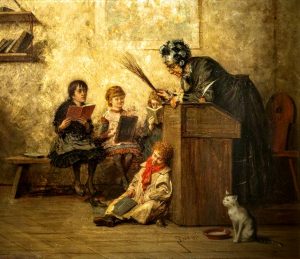
According to Howatt, nineteenth century language teaching is one where the Pre-Reformers challenged the Grammar-Translation Method and made it more humane. The addition of L2 teaching into the school curriculum, the interests and demands of the market for an efficient language learning method, and the Reform were the main factors that elevated the L2 teaching in this period (Howatt, 1984, pp. 129-130).
During this new period, important authors such as Hamilton, Gaillard, Jacotot, Marcel, Gouin, and Prendergast distinguished themselves. Even if their ideas did not flourish, these men set the precedent for the Reform Movement that started in the 1880s. The pre-Reform Movement, according to Howatt, was based on the superiority of speech, the use of connected texts contrary to disconnected constructions, and the use of an oral methodology. As new views of language teaching started to appear and grow, ESL teaching rose in importance, and it became clear that the public-school system was not ready for these new views. These early reformers did not collaborate, and therefore each of them produced their own method, justifying it with a background thesis. Many authors appeared during this time, and one of them was James Hamilton, whose work brought back the idea of having the constructions translated in interchanging lines.Another important author is J. D. Gaillard, a French professor who found a teaching technique that was based on the theory of the association of ideas. His students would have to learn a series of words and phrases from memory, and when done, he would provide constructions with a missing link. The students would have to fill in using words or constructions that they had previously learned. This system is also used in my preferred teaching approach by asking the students repetitive ‘fill in the blank’ questions. Hamilton and Gaillard are only two examples of the teachers that appeared during this period (Howatt, 1984, pp. 147-150).
Howatt introduces Jean Joseph Jacotot as someone whose work emphasized the ideological significance of education and language teaching. His main contribution came after he took a teaching position in a Flemish-speaking area of Belgium. He requested his students to get copies of Fénelon’s Aventures de Télémaque with a translation into Flemish. Since he didn’t speak Flemish and his students were native
Flemish speakers, he adopted the students’ L2 as the only language in class, becoming one of the first to establish an L2 monolingual teaching method. Here he had two greatideas for classroom teaching that makes him noteworthy. The first was to let the students know the frequency in which words in a text appeared, and the second was to use contemporary literature. As he was incapable of translating or explaining since he couldn’t speak Flemish, he would read the book’s first construction aloud, and then he would ask the students to look in the book for the same words that he had just read. Then he let them search for the words of the next construction and so on. A laborious task for students, but according to Howatt, this prompted them to memorize the text. He would ask questions about the text similarities, and observations that the students had made. He would also form and test some hypotheses, letting the students unravel how language works. These ideas not only let Jacotot acknowledge that explanations were unimportant, but that they were indeed inaccurate. According to Howatt, Jacotot believed that every individual had an innate ability to learn language and he stated that in 1830 in his Enseignement universel, langue etrangerè, more than a century before Chomsky and his theory of Universal Grammar. Jacotot assumed that the job of a teacher was to answer the student, (another glimpse of an idea that would later be the foundation to a student-centered method) and not conduct the students through explanations (Howatt, 1984, pp. 150-151). Most of Jacotot ideas are present in my preferred teaching approach.
When addressing François Gouin, Richards and Rodgers focused on how he established an approach to L2 teaching, and that it was based on the perceptions he had while observing how children used language. He saw description as the main booster of language learning and that by describing a situation, previously lived, the child would excel. With this in mind, he developed a method that had themes and situations as its main procedures. He focused on presenting new items within context. These great insights, added by his use of gesticulation to explain the meaning of new vocabulary, are some of the main ideas that approaches and methods such as the Situational Language Teaching and Total Physical Response use (Richards & Rodgers, 1986, pp. 5-6). Howatt talks about one major work of Gouin, The Art of Teaching and Studying Languages, published in Paris in 1880. This book’s main idea is that language follows a structure like one portraying an event (something already observed by other methods). According to Howatt, he came to this idea after seeing his nephew describing his experience at a corn mill. He acknowledged that his nephew employed language to organize and understand his own experience. Leading him to employ experience to establish and order the capacity of his language. Gouin then assumed that sequentiality was the main attribute of experience, leading him to believe that language is nothing more than a series of smaller events. Howatt stated that Gouin developed four particular advantages when performing exercises based upon these principles. First, he considered that each construction that expresses a new fact is not an ordinary repetition. Second, he wondered if the effort on the natural repetition strengthened the knowledge of the words.
Third, he also wondered if this same repetition, the recurrence of the same sounds, assured good pronunciation. Most importantly, the student, after all these repetitions, having a growing sense of security, would turn his or her attention upon the verb. Gouin saw the verb as a major force in a construction. To understand this, he repeated the verb at the end of each construction, making it more memorable to the students. Gouin’s work grew into a reasonable principle in language teaching, yet it was limited to configure an overall method. His series became an important component of the Direct Method (Howatt, 1984, pp. 161-167). The use of gestures, the centrality of the verb, and the understanding that language ability grows by a description of past situations, are accounted for in my preferred teaching approach.
Howatt acknowledges Claude Marcel as someone who wanted to make reading the priority in L2 teaching. In his main work called Language as a Means of Mental Culture and International Communication (1853), Marcel makes extensive use of pictures. He proposes that teachers repeat similar expressions and make use of looks and gestures to establish meaning. These are previously established procedures, but what makes him worth mentioning is that during the development of his program, he detected difficulties while trying to teach all at the same time. With that in mind he acknowledged that once the written words were learned, the students required little practice in hearing to be able to understand the words when they were spoken. One of the central ideas of my preferred teaching approach is the pursuit of teaching the four
skills at the same time. Understanding the written word can appear to students at the same time as the spoken word (Howatt, 1984, pp. 148-156).
Thomas Prendergast wrote The Mastery of Languages, or the art of speaking foreign languages idiomatically in 1864. Howatt states that his insight over children’s usage of their environment helped the children understand the constructions that were presented to them. The daily usage of these constructions helped the children express themselves. Howatt states that Prendergast pursued the idea that students had to learn the most basic structural patterns occurring in the L2. Bearing that in mind, he used detached constructions to teach his students. To Prendergast, the key to language was the human ability to produce an infinite number of constructions from a finite set.
According to Howatt he was not the first to propose the generative principle, but he was the first to propose its usage in language teaching materials. Next, he noticed, that children acquired ‘chunks’ of language, and to mix them with other constructions to sound fluent. Prendergast did not give much explanation to this fact, but it is important to acknowledge that he identifies ‘chunks’ as something important in language learning. He then disclosed that for an L2 teaching system, to obtain any level of success it needed to contain only memorized constructions, and that they had to be studied to the point of immediate evocation. His argument against the memorization of these constructions was that it would be impossible to learn all the constructions in a language. He suggested then that the students should learn (keeping in mind that this occurred in 1865) the most frequent constructions used in the language. He came up with constructions that would have as many basic rules of the language as possible. Howatt comments that “it is remarkably similar to the frequency-based lists of the twentieth century applied linguists” (Howatt, 1984, p. 158).
Prendergast developed his method on this basis and gave a small collection of these constructions to the students to learn them, then the students were given the assets for creating hundreds of constructions following the model established within these first constructions. At the end of the book, he provides a diagram that allows the student to create around 250 new constructions (Howatt, 1984, pp. 156-161).
1 2 3 4 5 6 7 8 9 10
His servants saw your friend’s new bag near our house.
11 12 13 14 15 16 17 18 19 20
Her cousins found my sister’s little book in their carriage. (Prendergast, 1864, p. 223)
Two examples would be: 1.12.13.14.17 (His cousins found my book) or 11.12.3.4.5.7. (Her Cousins saw your friend’s bag). Howatt continues his description of Prendergast’s work by stating that when it came to his teaching methods, he comprised it to seven stages. In the first stage, the students would have to learn by heart five or six huge constructions that would account for about a hundred words. His goal was to achieve fluency and perfect pronunciation of these constructions. Translations were allowed and grammar was put aside. In the second stage the student started writing, stages three, and four focused on acquiring more constructions out of the two models, and the last stages focused on reading and speaking. Prendergast is a great inspiration to my preferred teaching approach, as he set, from the beginning of his studies, the necessity of a well leveled educational material that would be compact, simple, with a well-chosen vocabulary (Howatt, 1984, pp. 159-161).
At the beginning of the 1880s, according to Richards and Rodgers, linguists such as Henry Sweet and Wilhelm Viëtor, initiated the introduction of academic work that was necessary to qualify what the Reformist’s proposed. At this time, the International Phonetic Alphabet (IPA) was created by the recently founded, International Phonetic Association (1886), providing new impressions over speech practices. One of its objectives was to spread the teaching of modern L2, and to achieve that, it recommended, the study of phonetics (to institute proper pronunciation), the use of dialogues (to present conversational constructions and chunks), the logical introduction of grammar in the early stages, and a teaching method that would build connections between L1 and L2. All these characteristics, in one way or the other, influenced all the methods that followed, including my preferred teaching approach. Some have fallen to disregard but others are still very much alive (Richards & Rodgers, 1986, p. 7).
The Reform Movement
According to Howatt, the Reform Movement took place in the late nineteenth century. For around twenty years, the prominent contemporary phoneticians had the same goal, to bring teachers and others into the field. Pamphlets, articles, new journals, and periodicals started to appear around 1882. These focus on phonetics occurred because two of the three main influencers of the movement were phoneticians – Viëtor in Germany and Jens Otto Harry Jespersen in Denmark, the third, Henry Sweet stayed a secluded intellectual who only taught private and individual students (Howatt, 1984, p. 169).



